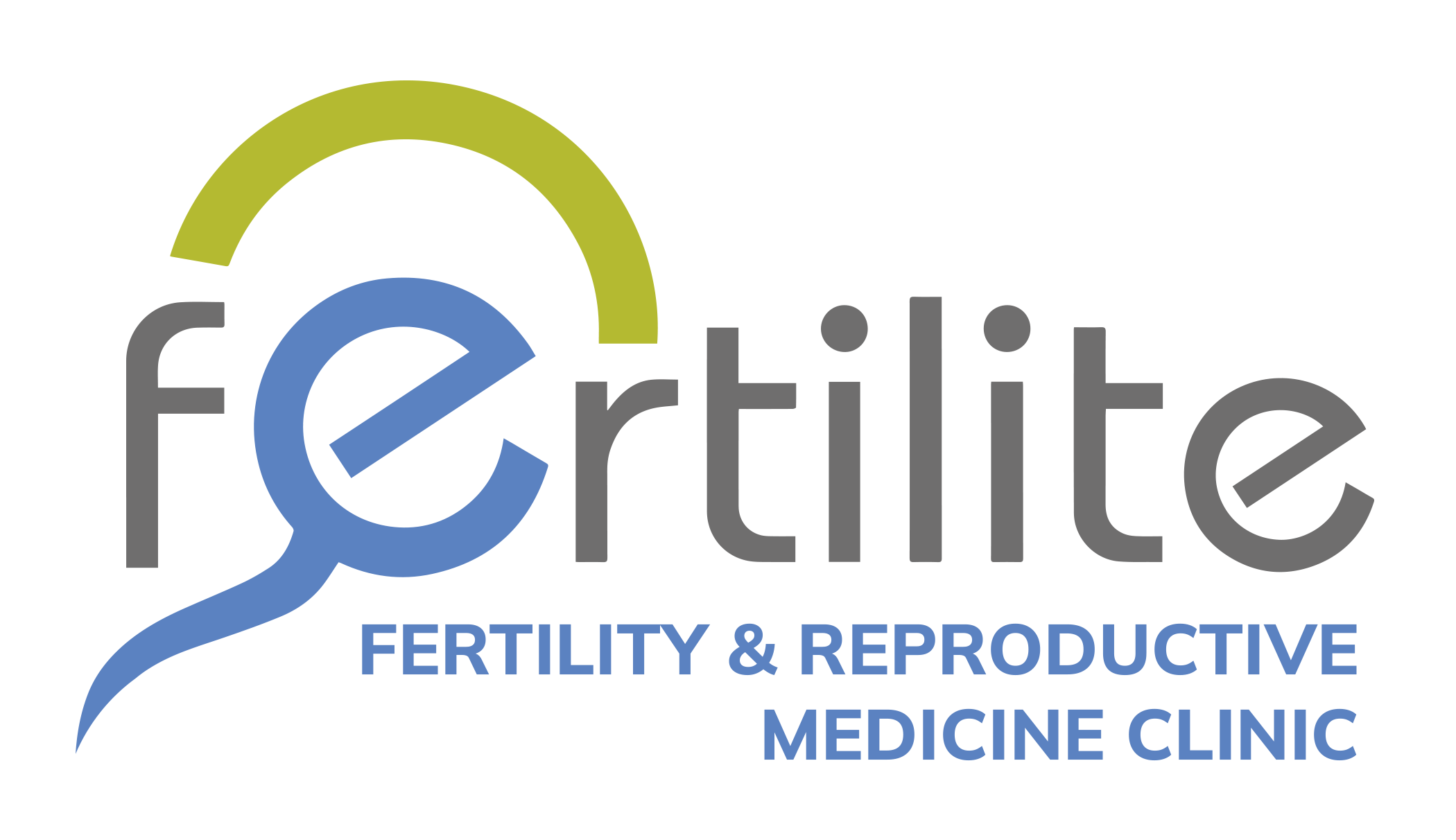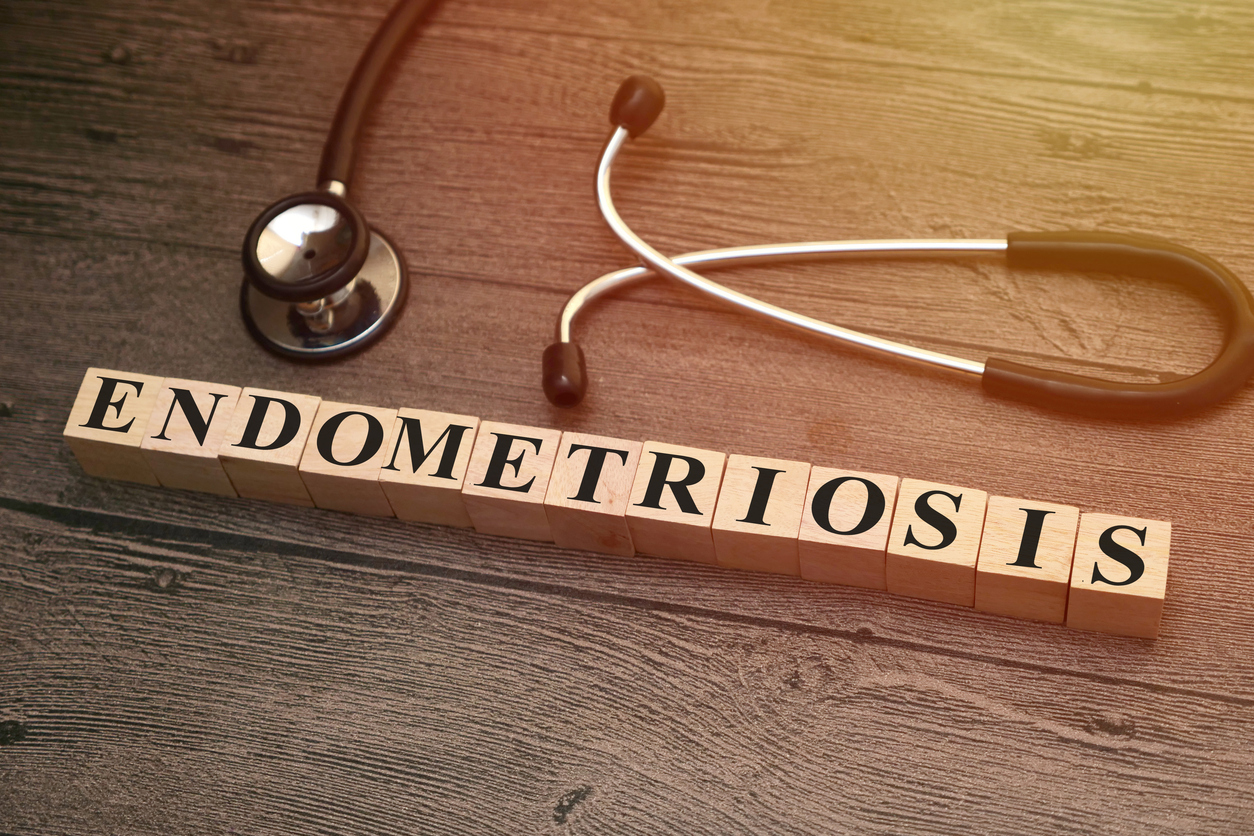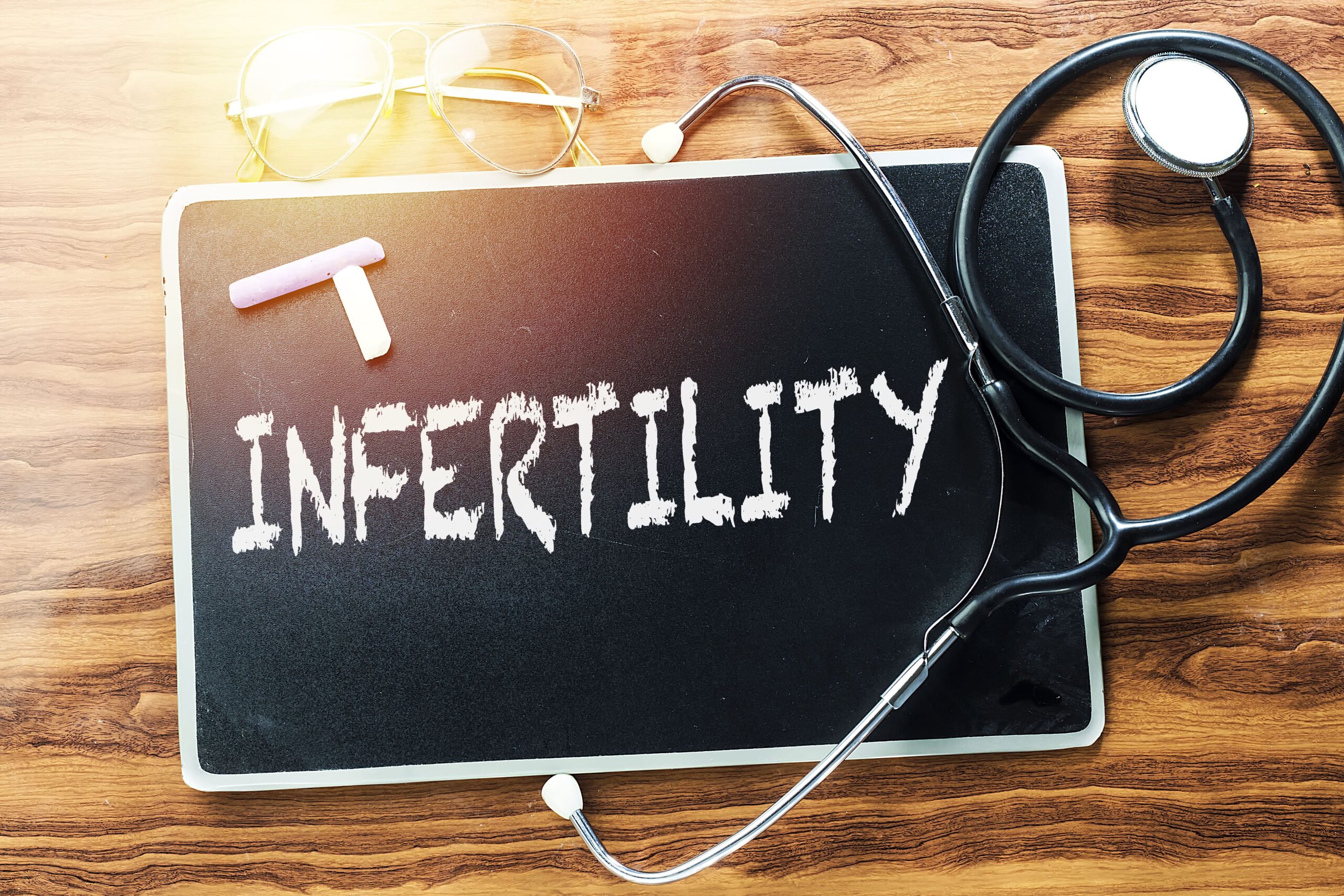Theories of Endometriosis
Theory of Retrograde Menstruation
This is one of the most accepted theories and suggests that during menstruation, some of the menstrual tissue flows backward through the fallopian tubes and implants in the pelvic cavity instead of exiting the body. This can occur in women with a genetic or immunological predisposition to endometriosis. The presence of endometrial cells in the pelvis can trigger an inflammatory response and the formation of endometrial lesions.
Metaplasia Theory
This theory suggests that normal pelvic cells, such as cells lining the pelvic lining (peritoneum) or cells from the fallopian tubes, can transform into cells similar to those of the endometrium in response to certain stimuli, such as chronic inflammation. These transformed cells can then form endometrial lesions.
Lymphatic or Vascular Spread Theory
According to this theory, endometrial cells can spread through the lymphatic or blood system from the uterus to other organs, where they can implant and grow, forming endometrial lesions.
Embryonic Induction Theory
Some studies suggest that certain embryonic cells or stem cells in the pelvis can transform into endometrial cells in response to specific signals in the local microenvironment, leading to the development of endometriosis.
Genetic Theory
Endometriosis tends to be more common in certain families, suggesting a genetic component in its development. Several genes have been identified that may be associated with an increased risk of endometriosis, although more research is needed to fully understand their role.
Pathophysiology
Inflammation and Immune Response
Women with endometriosis have been shown to have an increase in proinflammatory cytokines in the peritoneal fluid, such as TNF-α, IL-1β, and IL-6. These cytokines can recruit and activate immune cells, such as macrophages and T lymphocytes, thus contributing to inflammation and pain associated with endometriosis. Additionally, ectopic endometrial cells have been found to express adhesion molecules that allow them to adhere to immune cells and evade the immune response.
Angiogenesis
Studies have shown that levels of VEGF are increased in endometriotic tissue and peritoneal fluid of women with endometriosis. VEGF is a growth factor that stimulates the formation of new blood vessels, thus providing a blood supply to endometriotic implants and promoting their growth.
Hormonal Dysfunction
Ectopic endometrial cells have been found to have increased expression of estrogen and progesterone receptors compared to normal endometrial cells. This suggests a higher sensitivity to these hormones and may contribute to the growth and survival of endometriotic implants. Additionally, it has been shown that endometrial cells can locally produce estrogens from hormonal precursors, which can promote their growth independently of systemic hormone levels.
Intestinal Dysbiosis
Recent studies have found that women with endometriosis have an altered intestinal microbial composition compared to women without the disease. An increase in pathogenic bacteria and a decrease in beneficial bacteria have been observed in these women, suggesting intestinal dysbiosis that could contribute to the development and progression of endometriosis.
Current scientific evidence supports the idea that endometriosis is a multifactorial disease in which inflammation, angiogenesis, hormonal dysfunction, and intestinal dysbiosis play an important role in its development and progression.
Endometriosis Classification
ASRM Classification
The ASRM (American Society for Reproductive Medicine) classification for endometriosis is a way to categorize the severity and extent of the disease. This classification is used to assist in the evaluation and management of endometriosis and is based on the extent of the lesions, the presence of adhesions, and the involvement of pelvic organs.
- Stage I (minimal): Characterized by the presence of small scattered superficial lesions. These lesions may include spots of endometriosis on the peritoneum, but there are no large areas of implants.
- Stage II (mild): More extensive superficial lesions and some areas of deep endometriosis are observed. Small adhesions between organs may be present.
- Stage III (moderate): Presents with multiple superficial and deep lesions, as well as significant adhesions. There may be endometriotic cysts (endometriomas) on the ovaries and involvement of the fallopian tubes.
- Stage IV (severe): Characterized by deep endometriosis with multiple lesions and significant adhesions, possibly affecting organs such as the ovaries, fallopian tubes, uterus, intestines, and bladder. Large endometriomas may be present, and there is a higher likelihood of infertility.
The ASRM classification is useful because it helps healthcare providers assess the severity of the disease, plan appropriate treatment, and predict the likelihood of fertility issues. However, it is important to note that the severity of symptoms does not always correlate with the stage of endometriosis.
Enzian Classification
The Enzian classification is a classification of endometriosis based on the anatomical location of deep endometriotic lesions. It was developed by the International Society for Endometriosis and Associated Disorders (Enzian) and is used to assist in the evaluation and management of endometriosis. This classification helps physicians identify the precise location of endometriotic lesions and plan treatment more effectively.
- Type I (Endometriosis in the broad ligament): Endometriosis is found in the broad ligament, which is the area that connects the uterus to the abdominal wall. It can cause pelvic pain and dyspareunia (pain during sexual intercourse).
- Type II (Endometriosis in the rectovaginal space): Endometriosis is found in the space between the rectum and the vagina. It can cause symptoms such as rectal pain and difficulty defecating.
- Type III (Endometriosis in the sigmoid colon): Endometriosis affects the sigmoid colon, which is the final part of the colon before the rectum. It can cause symptoms such as abdominal pain, changes in bowel habits, and rectal bleeding during menstruation.
- Type IV (Endometriosis in the bladder): Endometriosis affects the urinary bladder. It can cause symptoms such as pain during urination, frequent urination, and blood in the urine during menstruation.
- Type V (Endometriosis in other deep locations): Includes other less common locations of deep endometriosis, such as the diaphragm, lungs, or nerves.
The Enzian classification is useful because it provides a detailed description of the location of endometriotic lesions, which can help physicians plan surgical treatment and predict the prognosis of the disease in each patient. Additionally, this classification can help standardize the language used to describe endometriosis, facilitating communication among healthcare professionals.
Regarding the most recent scientific evidence, the Enzian classification has been widely accepted and used in the medical community.
These classifications are helpful for physicians in the evaluation and management of endometriosis, as they provide detailed information about the location and extent of the disease. This helps guide treatment and predict the prognosis of the disease in each patient.
These articles provide helpful information about diagnosing, treating, and managing endometriosis at different ages and stages of life, offering a thorough understanding of this complex condition.




